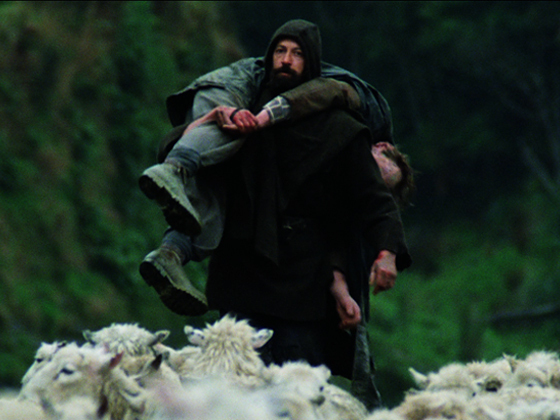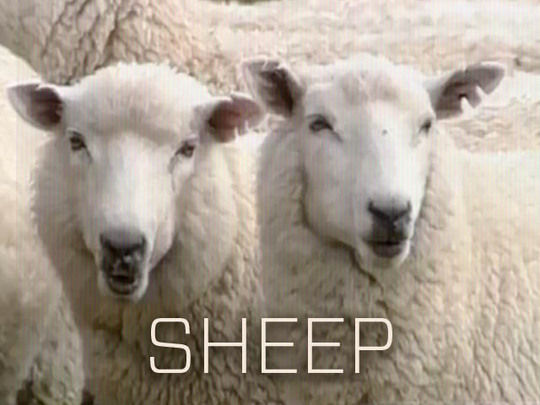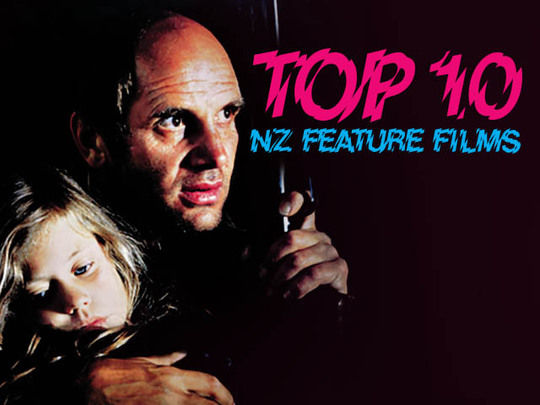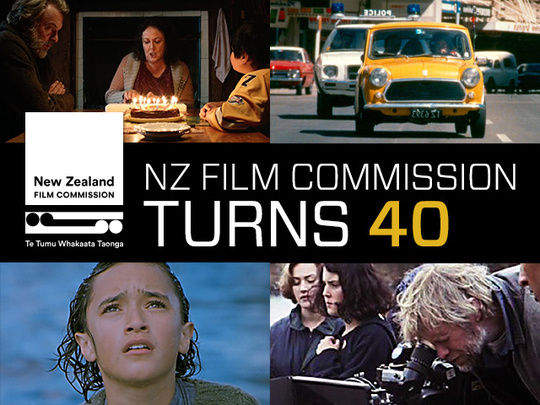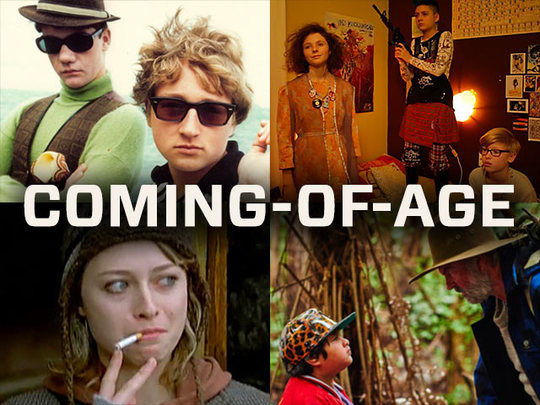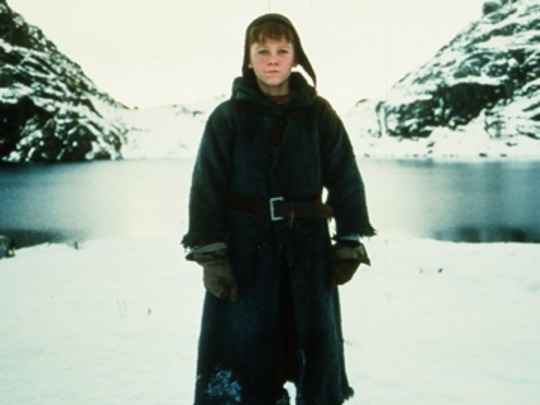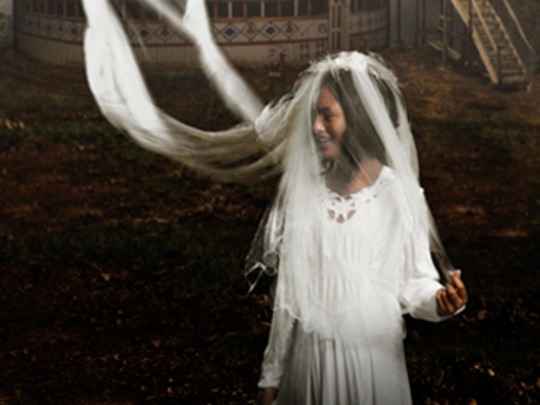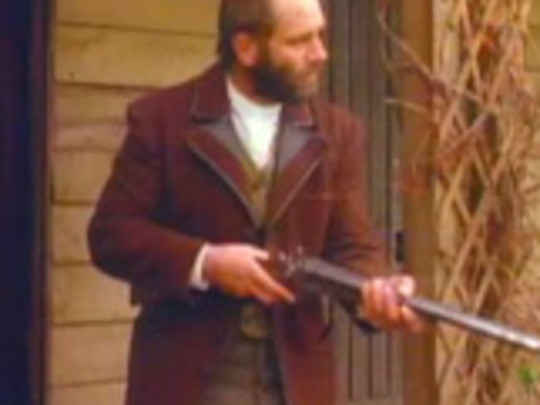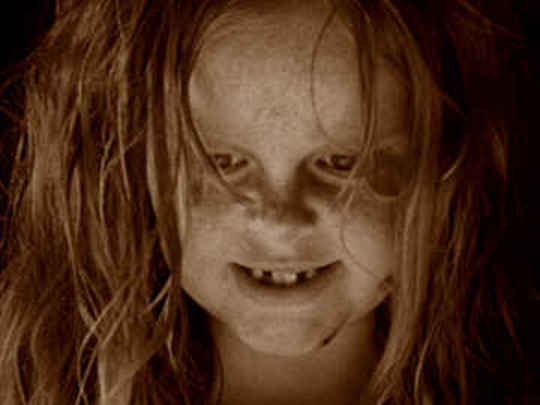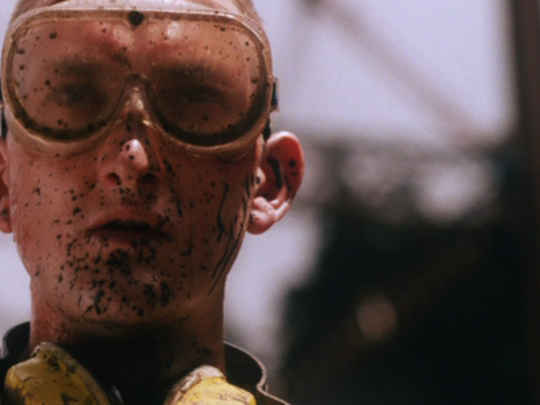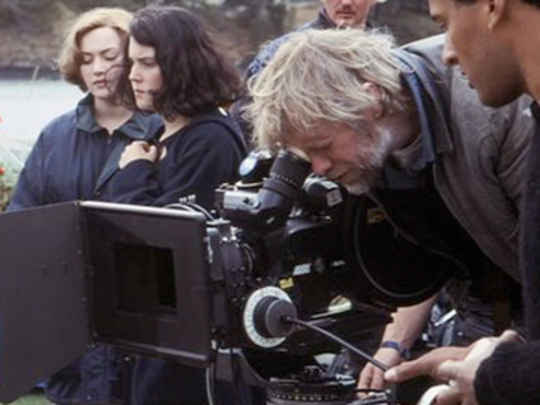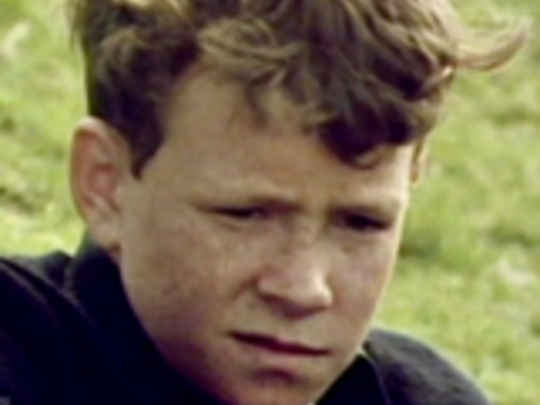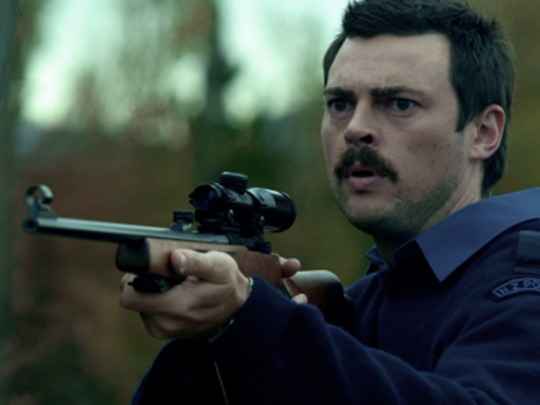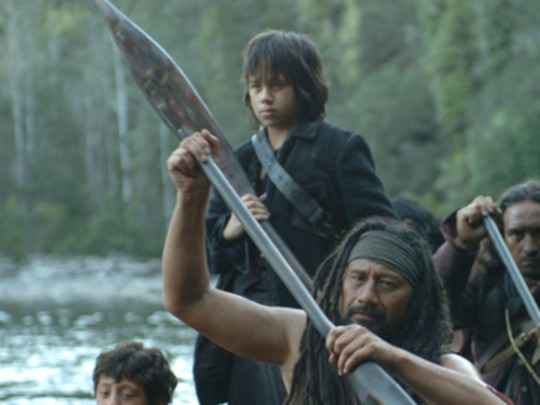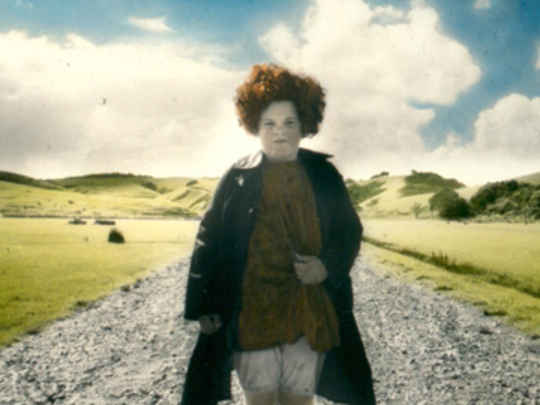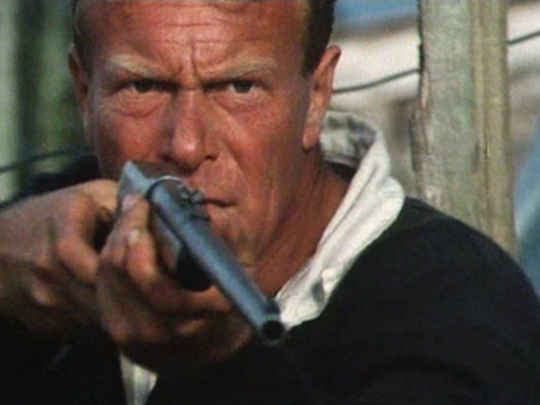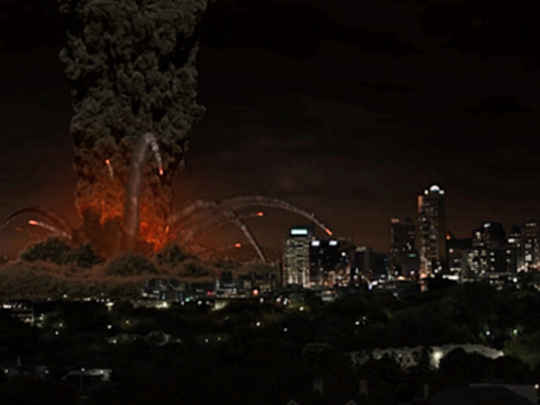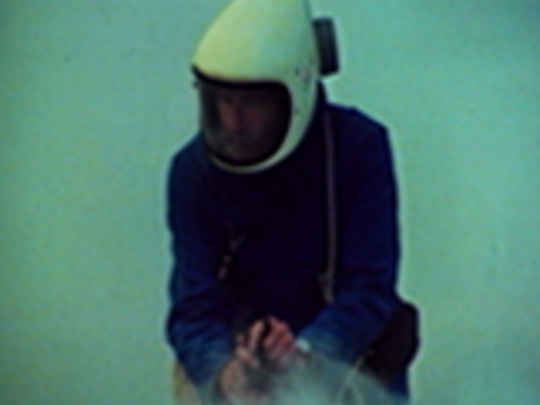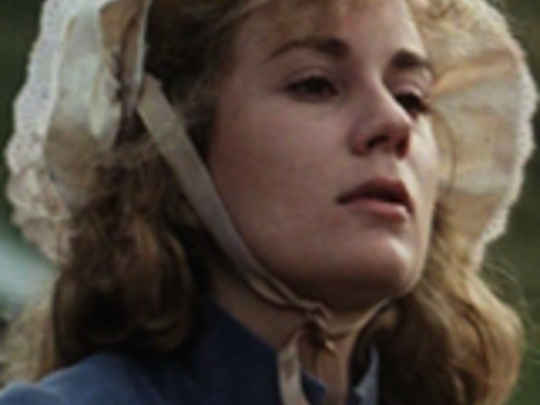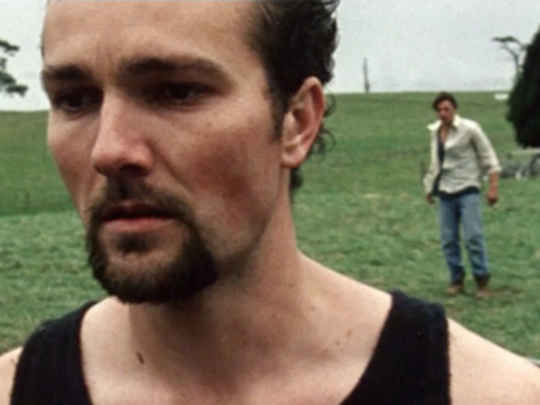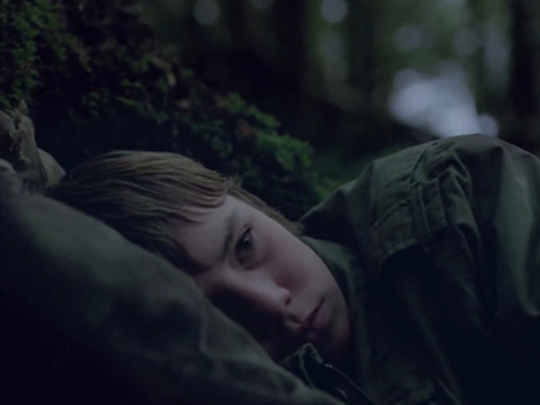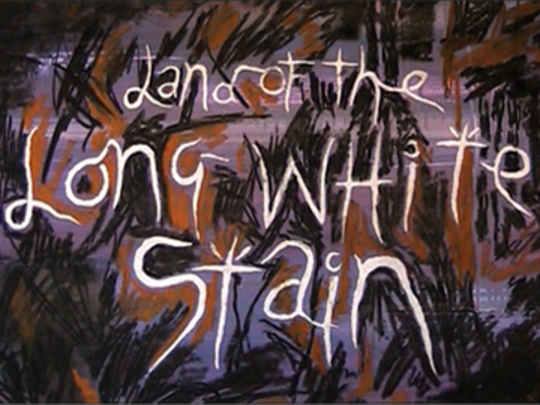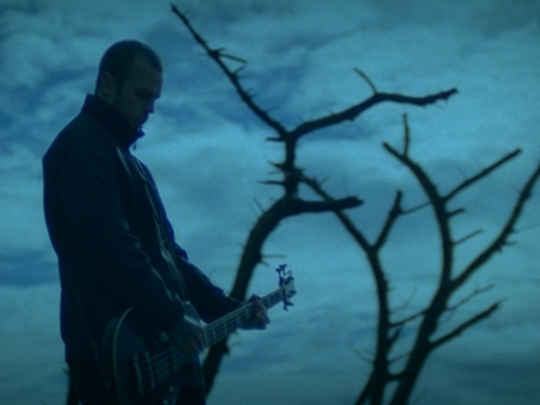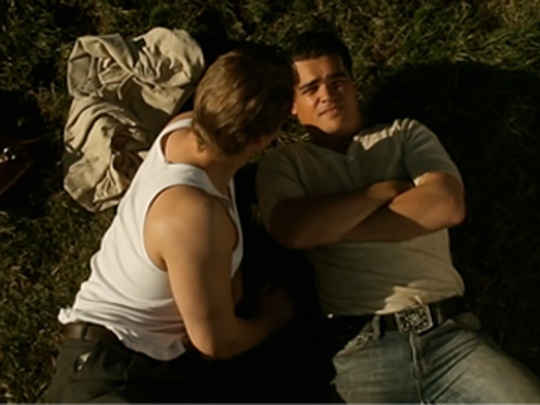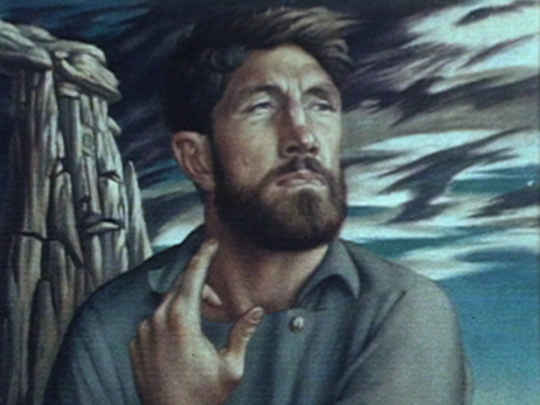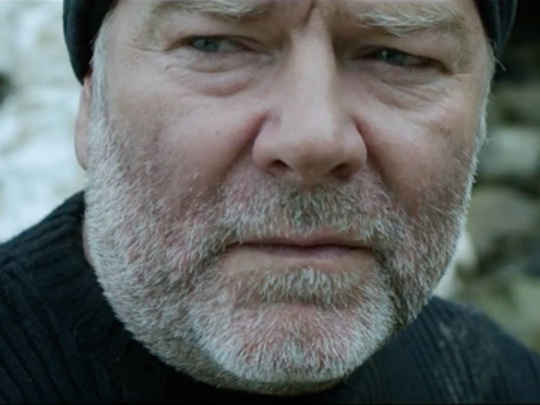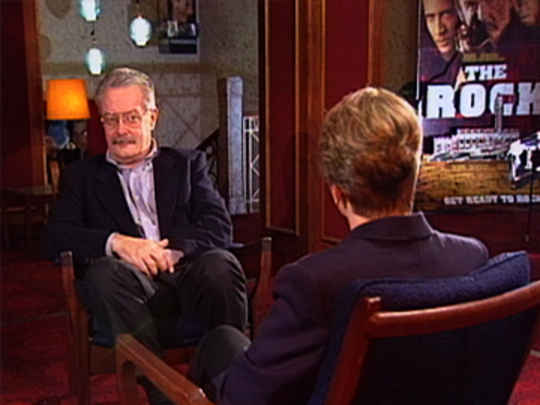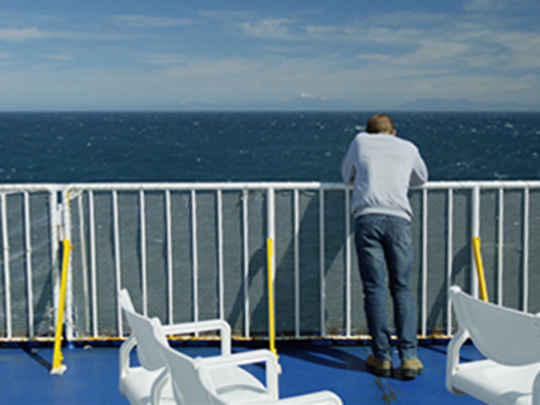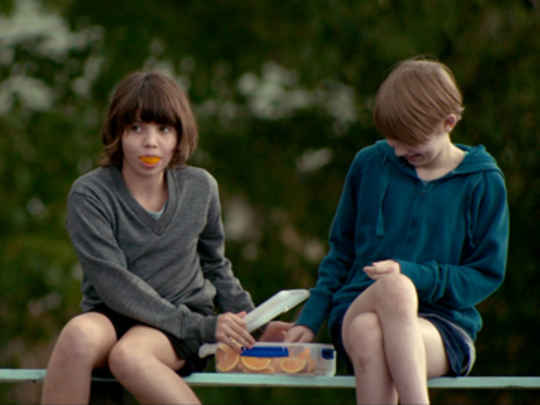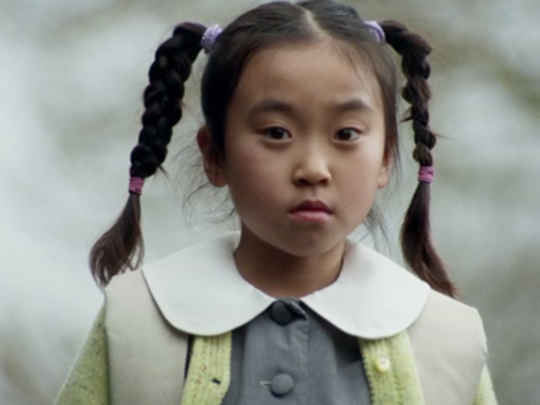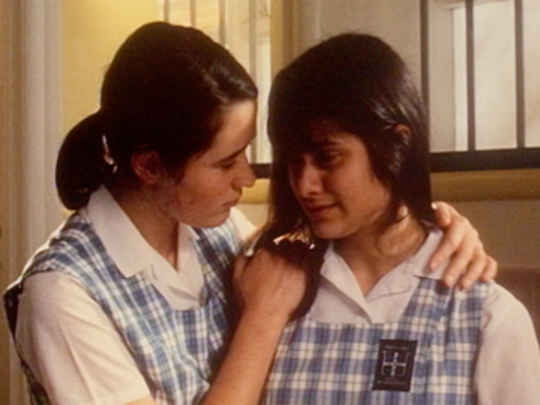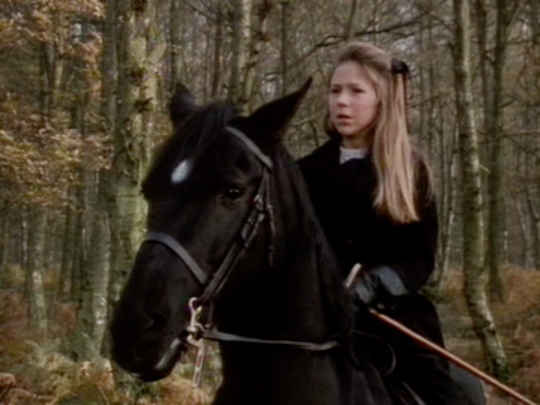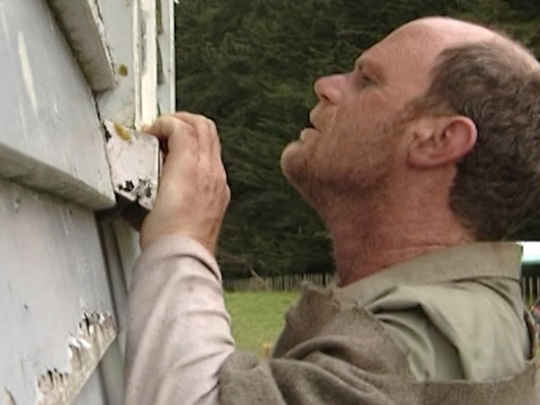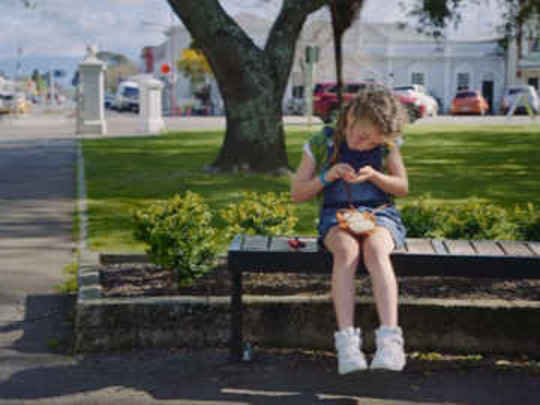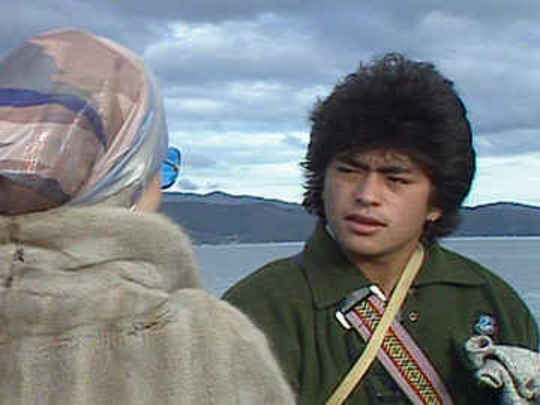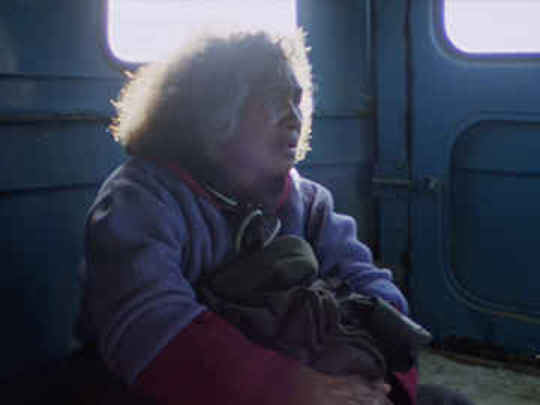Vigil
Film (Trailer and Excerpts) – 1984
A Perspective
Vincent Ward was only 27 years old when he made Vigil, but he had already proved to be a highly original filmmaker with his two previous short films. A fine arts graduate from Ilam, in Christchurch, he brought a new and distinctive eye to New Zealand filmmaking.
The story of Vigil is told more through mood and atmosphere than conventional dialogue and the film bears more of a resemblance to an expressionist painting than to any other New Zealand films being shot at that time.
Everything seen on screen is imbued with meaning and symbolism — we see swooping birds of prey, white horses, machines that seem to be alive. Much of the imagery is primal and elemental; there’s blood, fire, and lots of rain, wind and mud. The script, by Ward and Graeme Tetley, squelches with allegory.
Ward’s childhood memories of growing up as a youngest child on a Wairarapa farm were dominated by a fertile imagination and an emotional intensity, and he was eager to recreate this child’s perception of the world.
“You are alone for long periods of time. You invent imaginary worlds. Vigil is precisely that: the story of a solitary child who watches, fantasises and dreams. The fragments of reality she perceives are put together according to her own logic”.
Finding the right actor to play Toss was crucial to Ward, and he visited several hundred schools before finding 12-year old Fiona Kay, who filled the role perfectly.
The film’s location was also key to Ward’s vision, and in his famously obsessive way, he travelled 18,000 miles before finding his valley in a remote part of northern Taranaki. Everything had to be brought in, and the isolation presented many difficulties for the cast and crew.
Alun Bollinger’s cinematography is central to the film. By filtering out the primary colours the greys and greens are given an intensity that made the New Zealand landscape look like it never had before. The surreal atmosphere is also created by the soundscape — the cry of a hawk or bleat of a sheep is magnified and accentuated to create the film’s distinctive mood.
Vigil was the first New Zealand film selected for competition at the Cannes Film Festival (1984) and was a startling international debut for Ward, with critics lauding the emergence of “a unique talent” (Variety). Hal Hinson in The Washington Post wrote that, “Vincent Ward and his young star have penetrated deep into their subject and mined something hauntingly unexpected. [...] In Vigil, Ward gives us images that play like blasted poetry.”
The Guardian extolled that Vigil: “reminds us of cinema’s great power to excite, surprise and conjure up unique imagined worlds. A work of astonishing, original force ... the most distinctive New Zealand film to ever reach Britain.”
For a nascent NZ film industry Vigil’s international reception was quality assurance that we could make art cinema that was distinct, and drawn from local landscapes and psyche.
Although some of Ward’s imagery wears its influences on its sodden Swanndri sleeve (Tarkovsky transported to Taranaki?) Vigil rarely feels derivative and, over 20 years on, remains a relevant and highly original film.
